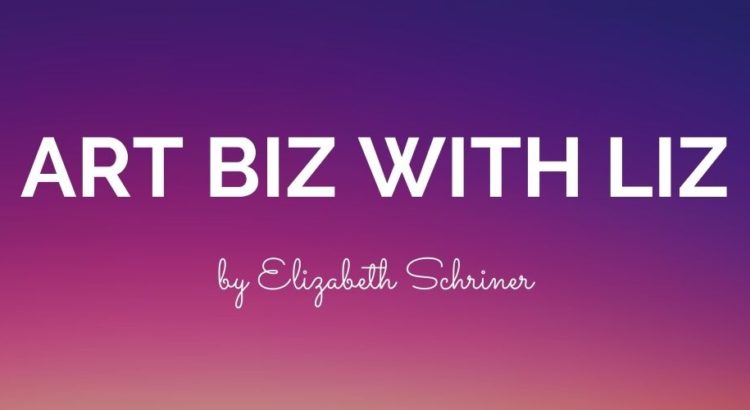This year, I have the pleasure of taking CARILLON 150: Performance, a two-credit course for non-SMTD students. If you aren’t sure about what the carillon is, check out a great piece that another arts, ink. columnist wrote about “the bells above campus.” You’ll hear about my experiences with the carillon throughout the semester, but I’d like to share about how the course has exposed me to not only new repertoire and performers, but also lessons on accessibility.
Earlier this month from October 3-6 was the 61st Annual Organ Conference. This was my first time hearing about the conference, and I wasn’t sure what to expect. The conference featured a series of lectures and recitals put on by student performers, guest artists/lecturers, and the Organ Department faculty. I knew there would be conversation surrounding the music of the organ, harpsichord, and carillon, but I had no idea how diverse the repertoire and lecture topics would be. As part of my class, I was tasked with watching several of the carillon events at this year’s virtual conference, which included a talk on accessibility by Laura Marie Rueslåtten, a lecture on recent Polish carillon music by Dr. Monika Kaźmierczak, and a faculty recital by Dr. Tiffany Ng (with an introduction by Dr. Sile O’Modhrain).
The faculty recital by Dr. Tiffany Ng and Dr. Sile O’Modhrain was called “Not Sighted, but Visionary: Music by Blind Carillonist-Composers.” Truthfully, I had never spent much time thinking about this topic before watching the recital, but it was interesting to learn about Braille music and the different tools used to create and work with braille music notation. Historically, it has often taken a lot of time and resources to transcribe music to braille, but advances are being made to create tools for creating braille music scores. In keeping with the topic of accessibility for the visually impaired, the performance aspect of the recital began with an audio description was included, describing the setting and what was going on in the video. The music ranged widely in genre and time period.
Another event I watched as part of the Annual Organ Conference was “Using Cognitive Accessibility to Improve Clear Communication,” a talk given by Laura Marie Rueslåtten. The idea of sensory overload in arts venues was new to me, as was the emphasis on being clear and direct when engaging with different kinds of neurodivergent experiences. The lecture not only made me reconsider how to make music facilities more accessible, but how we can be more accommodating in our everyday conversations. With this week being invisible disabilities week, I’d like to end with the takeaway that we should continuously strive to grow and improve in the ways we communicate and approach situations, which can help us become better artists, friends, and people.



Leave a Reply
Be the First to Comment!